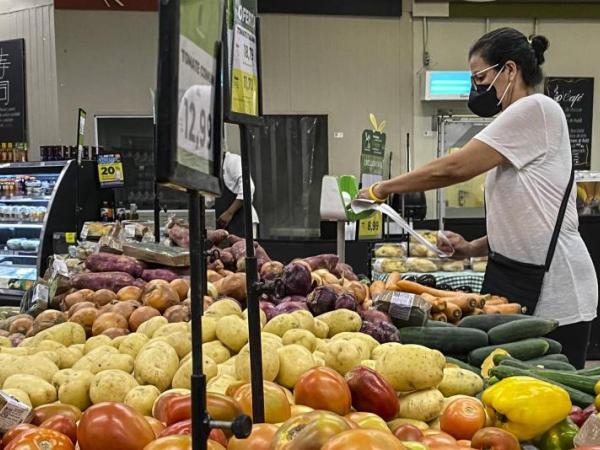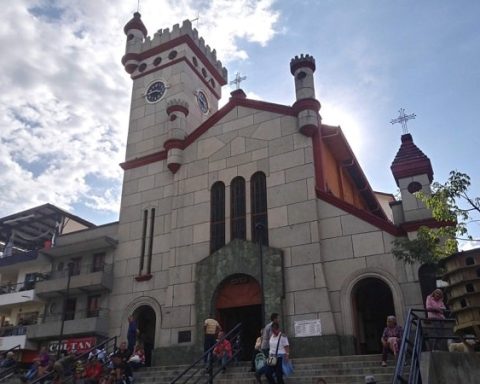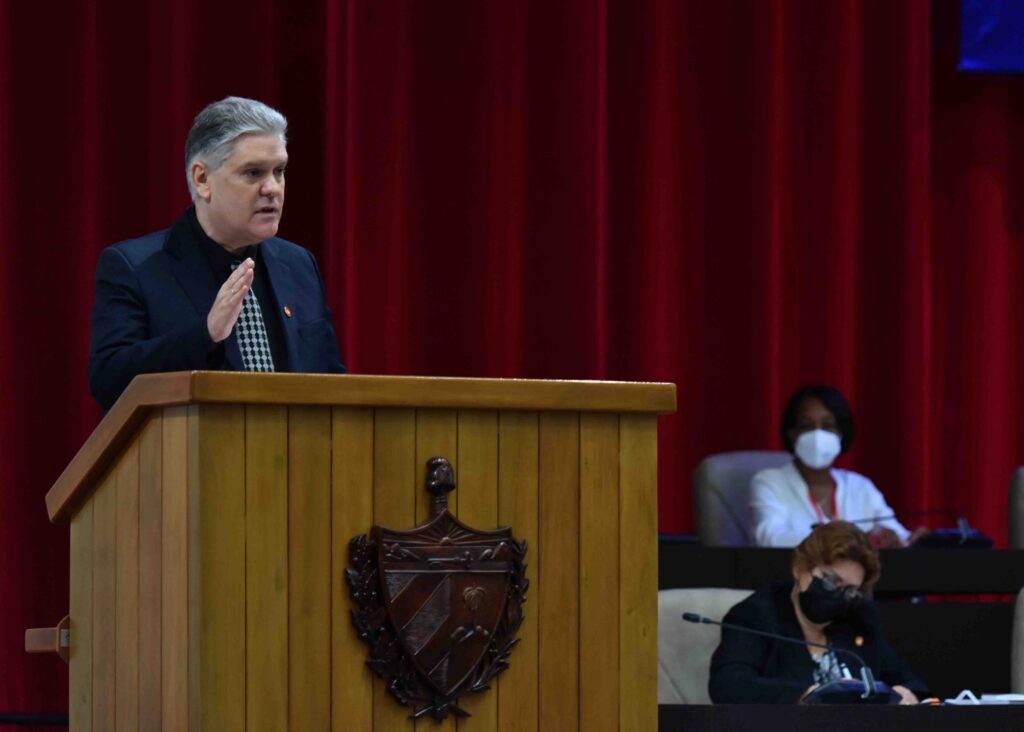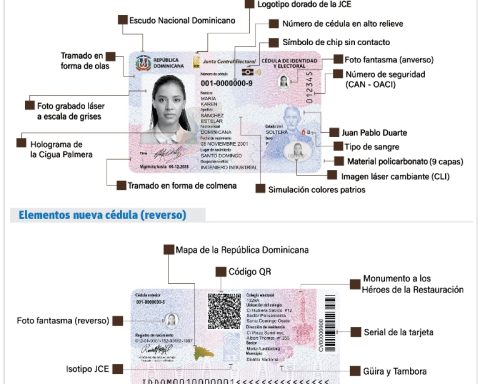It is likely that Central banks of Latin America extend their monetary tightening campaigns beyond what was originally expected after inflation topped expectations in April, while sharp increases in food and fuel costs will hit investors. responsible for monetary policy.
(See: Neither rains nor inflation undermined the good performance of trade).
Brazil’s consumer prices rose 12.13% from a year earlier according to data released on Wednesday, May 11, the fastest pace in nearly two decades and also above a survey’s median estimate of 12.06%. from Bloomberg.
Headline inflation also beat forecasts in Peru, Colombia and Chile in the same month, as did the key underlying index of Mexico
Latin American monetary authorities are not getting a respite from dizzying price increases that had already exceeded even the most pessimistic forecasts in many countries in March.
Central banks in the region were among thehe first in the world to start hardening its monetary policy last year in the wake of the pandemic stimulus.
(See: Spending a minimum wage: where it is cheaper to market today).
They now face mounting warnings and, in some cases, political pressure over the damage to economic growth.
“In the future, central banks will have to act, and probably more than people think, and probably more than they themselves suppose.“said Gustavo Arruda, head of Latin America research at BNP Paribas SA.
“Everyone agrees that there have been many commotions globally“, he added.
The next round of hikes will begin on Thursday, May 19, when prices are expected to central banks of Mexico and Peru will raise their reference rates by half a percentage point, according to estimates from surveys of Bloomberg.
Chile, Brazil and Colombia are then expected to follow with additional monetary tightening in June.
(See: Household spending grows, but it was not the same for everyone).
multi-decade highs, Latin America, as well as the United States, is experiencing levels of inflation not seen in a generation.
In Chile, a country accustomed to relatively subdued inflation near the 3% target, consumer prices rose 10.5% last month, the highest in almost 28 years.
Colombia is struggling with its fastest inflation since July 2000 and saw food costs rise 26% in April from a year earlier.
Mexico’s core prices, which are closely watched, rose more than expected last month to a 2001 high, even as headline inflation came in below expectations.
(See: ‘The impact of inflation slows spending‘).
US consumer prices also increased more than expected in April, indicating that inflation will persist at elevated levels for longer and it will keep the Federal Reserve on the path of aggressive interest rate hikes.
However, in Latin America, some monetary authorities are trying to end the tightening campaigns that began before the Fed’s.
Last week, Brazil’s central bank signaled that it is likely to make a further, albeit smaller, hike before the end of the cycle of rate hikes.
In the minutes of the rate decision, the central bankers wrote that the effects of higher borrowing costs on inflation “are yet to be seen“.
They have raised the benchmark Selic rate by 10.75 percentage points in just over a year, one of the most aggressive tightening cycles in the post-pandemic world.
Still, inflation remains stuck in double digits, also posing a challenge to President Jair Bolsonaro’s efforts to win re-election in October.
(See: Annual inflation in the US slows down and falls to 8.3% in April).
April’s price increase was the largest for that month since 1996, according to the national statistics agency.
throughout the region, Inflation initially rose last year due to reopening economies and bottlenecks in the global supply chain.
It was further driven by rising commodity costs after Russia’s invasion of Ukraine.
“My base case scenario is that interest rates will continue to rise during the next few meetings.said Andres Abadia, chief economist for Latin America at Pantheon Macroeconomics Ltd.
“That said, the risks are massively to the upside, and I can’t rule out further tightening if conditions don’t stabilize soon.“, hill.
BLOOMBERG

















